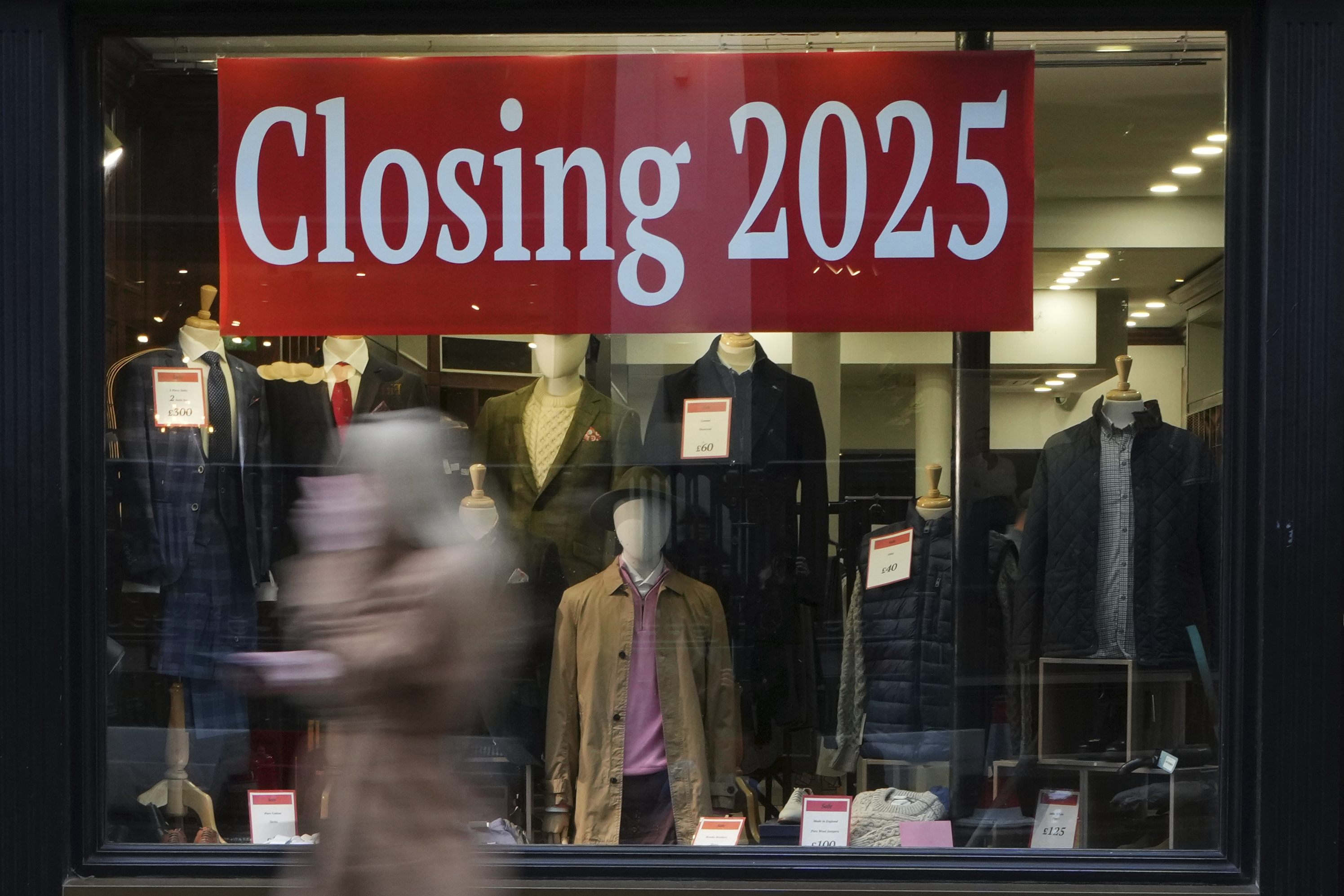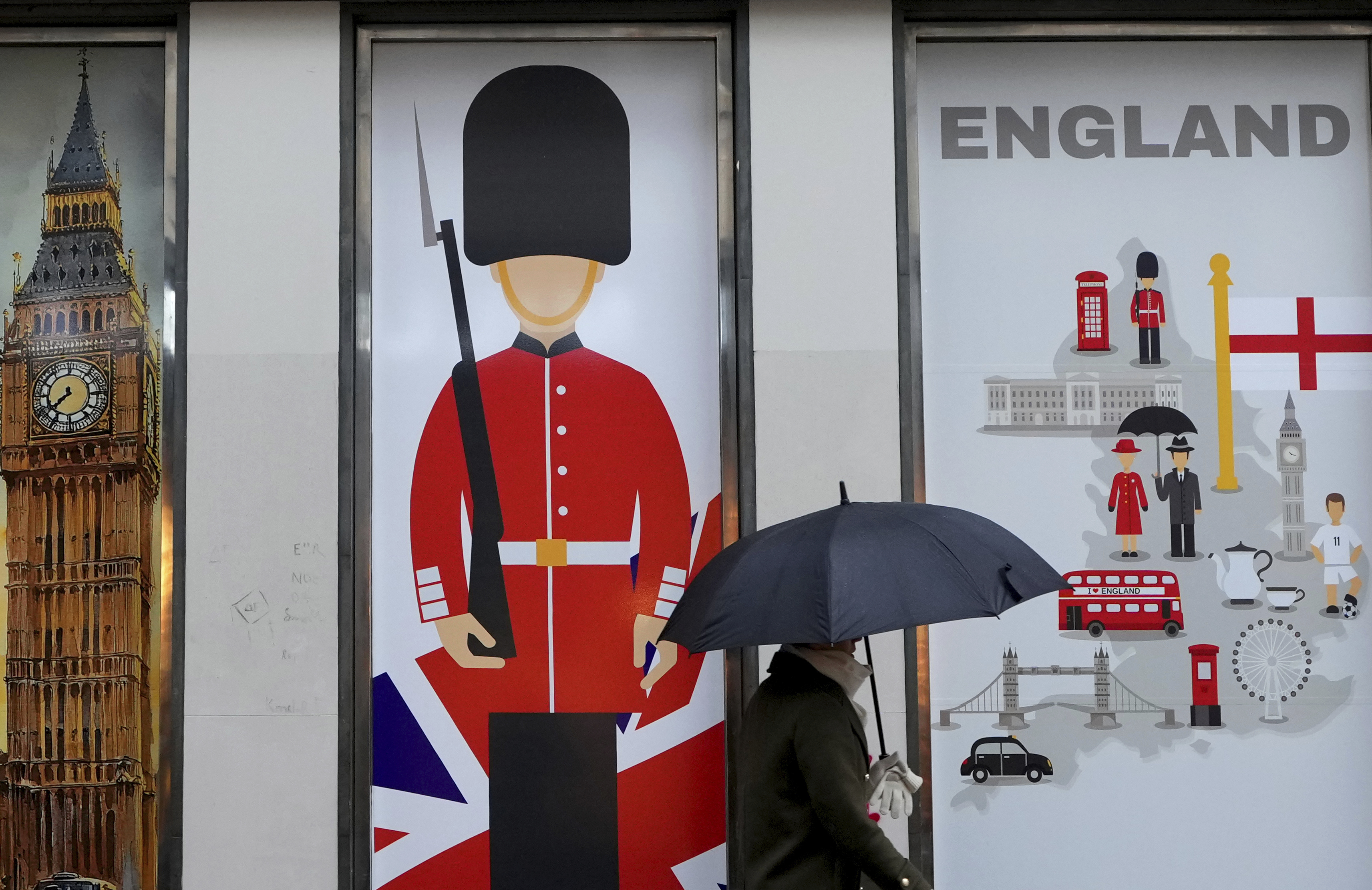
Fresh jobs data reinforced a picture of a weakening British labor market, with unemployment notching up to the highest level in four years.
The unemployment rate increased to 4.7 percent in the three months through May, compared with 4.6 percent in the previous period, the Office for National Statistics said on Thursday. Separate tax data showed the number of employees on payrolls dropped by over 41,000 in June, worse than the decline of 35,000 expected by economists.
While the statistics showed continued fallout from a minimum wage increase and £26 billion ($35 billion) payroll tax hike on companies imposed by the Labour government in April, they also suggested that the impact on jobs might be less severe than previously believed. Payroll declines in May were revised down to 25,000 from the 109,000 previously reported, a change that ONS attributed to quirks in that month’s reporting cycle.
The pound wavered after the data, initially heading lower before erasing that move when the revisions hit. Bets on Bank of England interest-rate cuts held largely steady, with traders pricing in 50 basis points of cuts this year, from 51 on Wednesday.
The jobs report showed a broad-based cooling in the labor market that strengthens the case for more rate cuts in the coming months. BOE Governor Andrew Bailey has highlighted the deteriorating labor market as he guides markets toward more reductions, with traders putting the odds of a quarter-point cut next month at over 80 percent.
Pay growth excluding bonuses dropped to 5 percent in the three months through May from 5.3 percent, with wage inflation in the private-sector cooling to 4.9 percent from 5.2 percent — the first reading below 5 percent since early 2022.
ALSO READ: UK pushes US to drop key sticking point to steel trade deal

Payrolls are 185,000 down compared to October just before Chancellor of the Exchequer Rachel Reeves announced budget changes that ramped up employment costs for businesses. That is much better than the 276,000 drop the ONS estimated in last month’s release.
Evidence of the economic fallout from Chancellor of the Exchequer Rachel Reeves’s first budget has been building in recent data. Rising taxes have been cited as a factor for the back-to-back contractions in gross domestic product in April and May, and were also partly blamed for a pickup in inflation to 3.6 percent in data for June released on Wednesday.
Reeves may have to return with more tax rises in the autumn despite warnings they risk stifling growth from the UK’s budget watchdog earlier this week. She said last year that a one-off budget of tax rises was necessary to fix a fiscal hole left by the previous Conservative administration.
ALSO READ: British PM suspends 4 MPs for rebellion against welfare reform
“Despite the bump higher in inflation, the loosening in labour market should give the BOE reason to proceed with a gradual dial down of restrictive policy,” said Deutsche Bank UK economist Sanjay Raja. “A ‘gradual and careful’ approach seems appropriate for now. And we do not think that the bar for faster rate cuts has been met just yet. The labour market is loosening, but perhaps not as fast as the unrevised payroll data suggested.”
The heavy revisions cast uncertainty over how much employers have cut back on hiring. They threaten to alter the narrative of the labor market at a crucial moment when the BOE is trying to determine how much further it can reduce interest rates.
The jobs report also showed:
- Vacancies in three months through June fell 56,000 to 727,000, dropping further below pre-COVID levels.
- There was another sharp fall in the number of inactive people, who are neither in work nor looking for a job. Some 139,000 moved into the workforce compared with the previous quarter, taking the number of inactive down to 9.1 million. Almost all the decline was due to a drop in people who are “looking after the family home.”
- Real regular pay, after adjusting for inflation, grew 1.8 percent — extending the gains for a 22nd consecutive month. But it was the slowest real terms increase since November 2023, which reflected the recent pickup in inflation as well as slowing pay growth.


